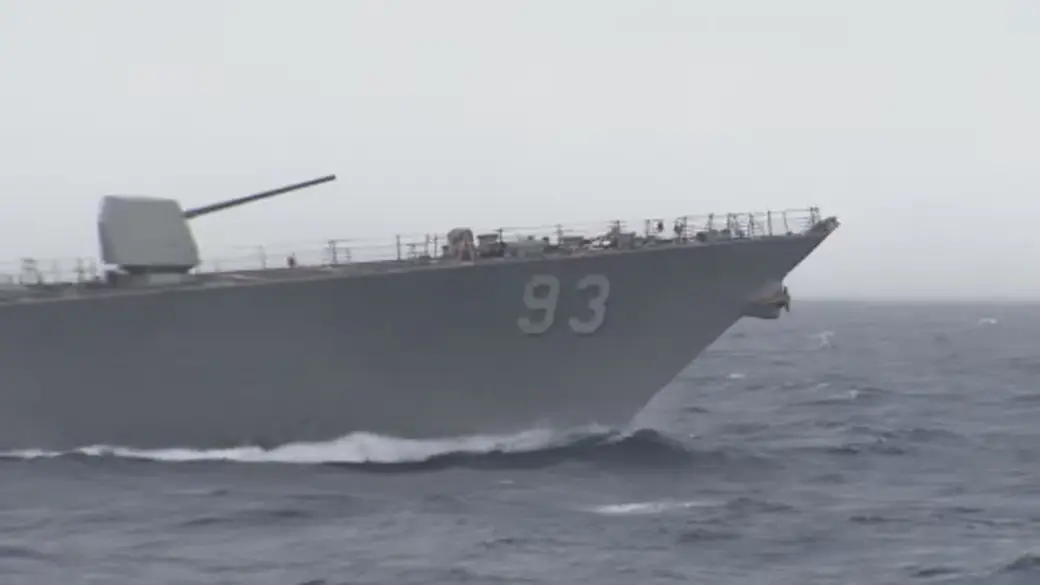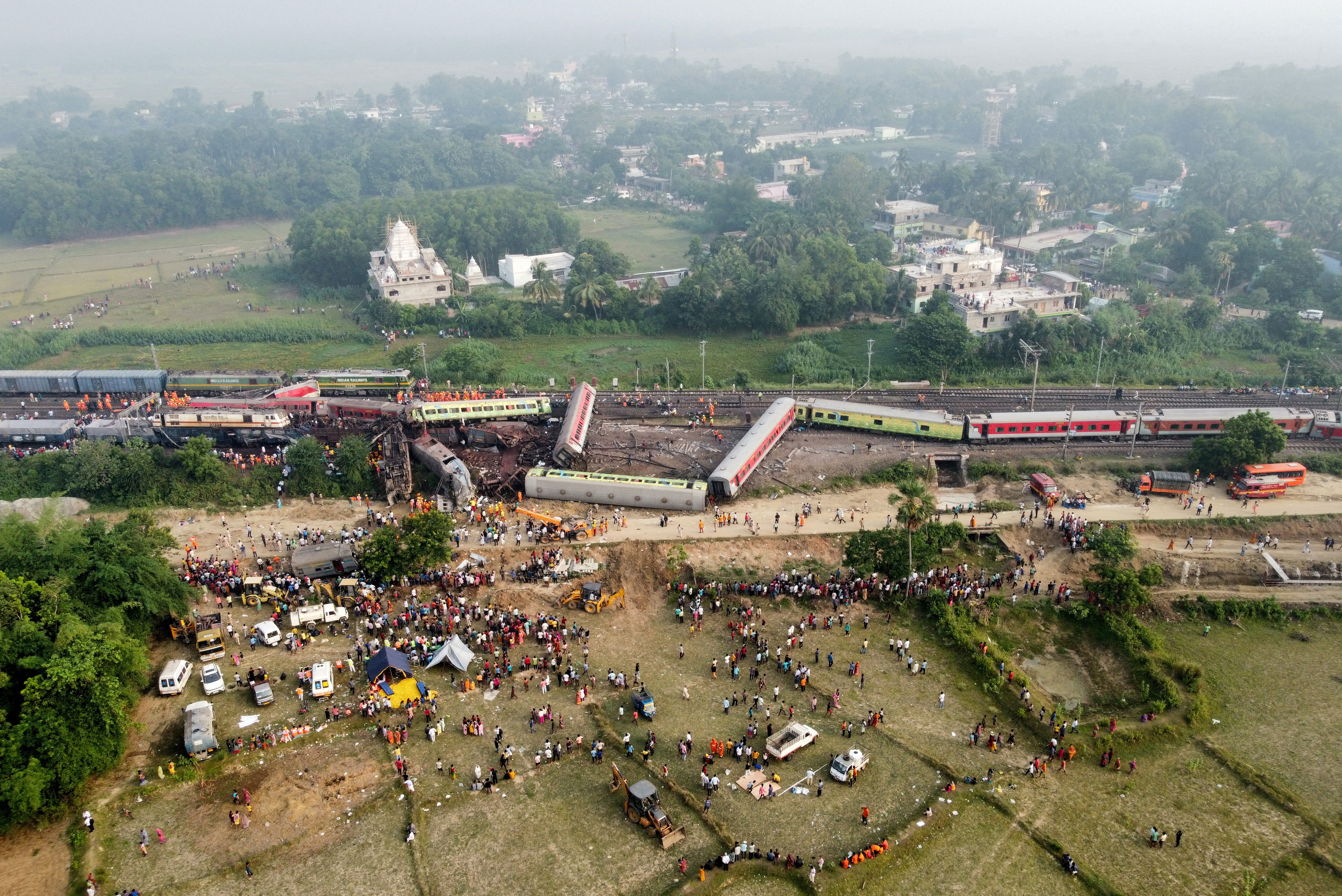Chinese military officials were scathing of a speech made by United States Secretary of Defense Lloyd Austin at the Shangri-La Dialogue in Singapore in which he said Washington was deeply concerned by China’s unwillingness to engage in crisis management, warning that talks are key to avoiding conflict.
Speaking at Asia’s top security summit on Saturday, Austin said that open lines of communication between US and Chinese defence and military leaders were essential to avoid conflict and bolster stability in the Asia Pacific region.
“I am deeply concerned that the PRC [People’s Republic of China] has been unwilling to engage more seriously on better mechanisms for crisis management between our two militaries,” Austin told the meeting in Singapore.
“The more that we talk, the more that we can avoid the misunderstandings and miscalculations that could lead to crisis or conflict,” he said.
Austin made specific mention of Chinese planes making “risky intercepts of US and allied aircraft flying lawfully in international airspace”.
“We won’t be deterred by dangerous operational behaviour at sea or in international airspace,” he wrote in a series of tweets summarising his speech to the summit.
“Open lines of communication with the People’s Republic of China are essential – especially between our defense and military leaders,” he said in another tweet.
“For responsible defense leaders, the right time to talk is any time, the right time to talk is every time, and the right time to talk is now,” he said.
“Dialogue is not a reward. It is a necessity.”
The Chinese delegation was swift to respond to Austin’s speech, with Senior Colonel Tan Hefei, spokesperson for China’s defence ministry, saying that the Pentagon chief “made several false accusations” in his remarks.
Another Chinese delegation member, Senior Colonel Zhao Xiaozhuo, said Washington should not tell China what to do.
“What we do in the Chinese military is based on maintaining the core interests of China’s security, which is fundamental,” he told reporters.
China’s Lieutenant General Jing Jianfeng took particular issue with Austin’s references to Taiwan, according to the South China Morning Post (SCMP).
“The US’s comments on Taiwan ignore the facts, distort the truth and are completely wrong,” Jing said on the sidelines of the summit, according to the SCMP. “First, there’s only one China in the world, and Taiwan is a sacred and inalienable part of Chinese territory,” Jing said.
“Jing accused the US of hollowing out the one-China principle … by strengthening exchanges between US and Taiwanese officials, condoning Taiwanese separatist activities and selling more and more capable weapons to Taiwan,” the SCMP reported.
“The Chinese PLA Army stands fully prepared and ready to firmly defend China’s sovereignty, reunification and territorial integrity at any time,” Jing said, according to the SCMP.
Relations between Beijing and Washington are at their lowest point in decades with both China and the US deeply divided over everything from the sovereignty of Taiwan to maritime disputes in the South China Sea.
Austin also pointed to Russia’s invasion of Ukraine in his speech, saying it was an example of “how dangerous our world would become if big countries could just invade their peaceful neighbours with impunity”.
He said the US was “deeply committed” to preserving the status quo in Taiwan and opposes unilateral changes from either side.
“Conflict is neither imminent nor inevitable. Deterrence is strong today and it’s our job to keep it that way,” Austin said.
“To be clear, we do not seek conflict or confrontation,” he said. “But we will not flinch in the face of bullying or coercion.”
US military officials have previously said that Chinese President Xi Jinping has called on his armed forces to develop the capabilities for a possible invasion of Taiwan by 2027.
“It doesn’t mean that he’s made a decision to do that,” Austin said in response to a question about Xi’s plans for Taiwan.
China’s Minister of National Defence Li Shangfu had this week declined an invitation to meet Austin at the summit. The two shook hands on the sidelines of the conference but did not hold detailed talks, the Pentagon said.
“A cordial handshake over dinner is no substitute for a substantive engagement,” Austin said. “The United States does not seek a new Cold War. Competition must never spill over into conflict,” he said.
‘Is there any sincerity?’
Al Jazeera’s Florence Looi, reporting from Singapore, said the broad theme of Austin’s speech was keeping the Asia Pacific region “open – open to trade, open to freedom of movement”.
“He also warned that a conflict in the Taiwan Strait, should it happen, would have a devastating effect on the rest of the world,” Looi said.
Austin also said the US would continue to strengthen partnerships and alliances in the region by holding more military drills and ensuring partners had the capability to deter aggression, Looi said.
“What does China make of his speech?”
“We know that China views many of the US actions here as attempts to contain its influence and to encircle it, and this summit is taking place as US-China ties are becoming increasingly strained,” Looi said.
Liu Pengyu, spokesperson at the Chinese embassy in Washington, said on Friday in an emailed statement that communication between China and the US was conducive to a greater mutual understanding.
“However, now the US says it wants to speak to the Chinese side while seeking to suppress China through all possible means and continue imposing sanctions on Chinese officials, institutions and companies,” the statement said.
“Is there any sincerity in and significance of any communication like this?”
Another recent flashpoint has been high-end microchips, with Beijing saying last month that US semiconductor giant Micron had failed a national security review and would not be allowed to sell to operators of “critical information infrastructure”.
The announcement came after Washington and its allies took measures in recent months, which China claimed were designed to restrict its ability to buy or manufacture cutting-edge chips and curb its rising global power.
Beijing has also criticised a deal announced by Australia in March to buy US nuclear-powered submarines.
Australia is set to spend 368 billion Australian dollars ($243bn) over three decades on the submarine programme, part of a broader security pact with the US and United Kingdom known as AUKUS.
“[AUKUS] promotes greater stability and security,” Austin said.
Beijing sees AUKUS as another attempt by the West to hem in China as a growing global power.
SOURCE: AL JAZEERA AND NEWS AGENCIES











